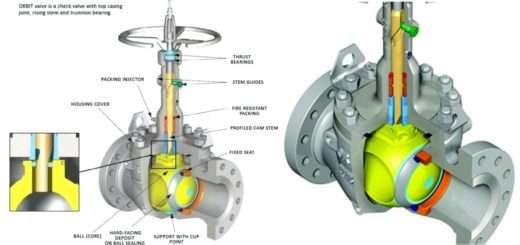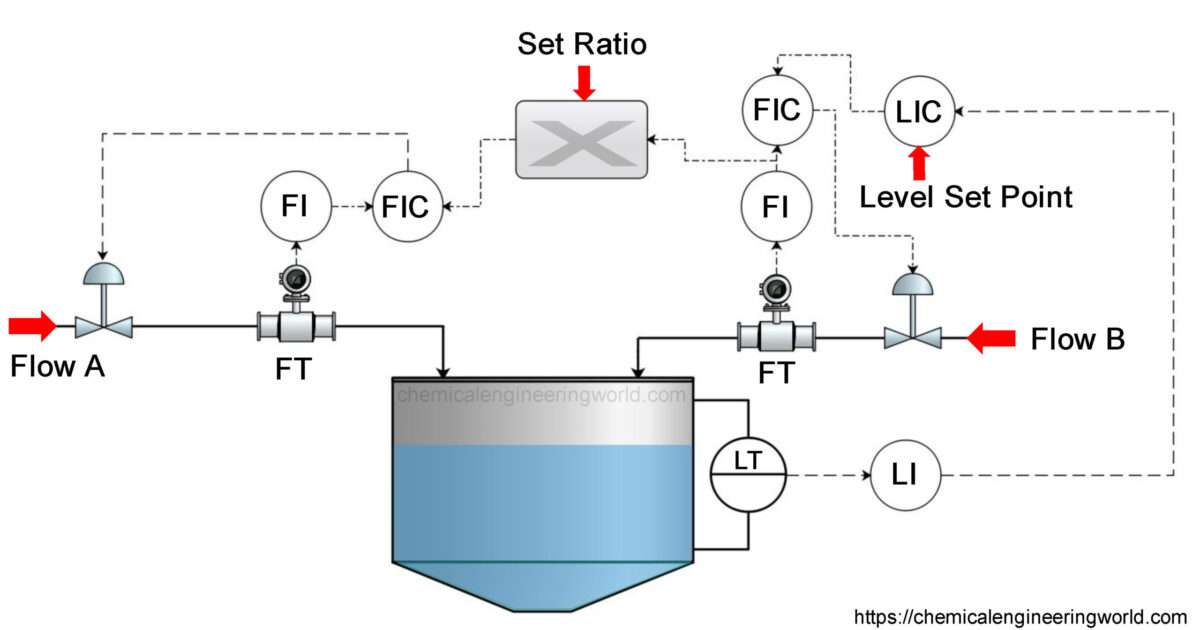Tellurium Element Properties and Information

Tellurium Element Properties and Information
Tellurium is 52nd element on the periodic table. Elements are arranged in the periodic table on the basis of the atomic number. Atomic number is the number of protons in the nucleus of the atom. Tellurium has an atomic number of 52. It is located in the Group 16 and Period 5 of the periodic table of elements. It is denoted by Te. The name is derived from the Latin word ‘Tellus’ which means Earth.
Tellurium was discovered by Franz Joseph Müller von Reichenstein in 1783 when he found and worked on an ore which he expected to contain antimony or bismuth. Upon investigation he didn’t find any of the metal he was expecting, he worked on analysing the ore for three years and thus found that he discovered a new metal.
Tellurium is an extremely rare metal. It is present in Earth’s crust only in amount of 0.001 ppm. Tellurium is found uncombined in nature only very rarely. Some minerals which contain tellurium are tellurite, sylvanite, calaverite.
Physical Properties
- Tellurium is a brittle silver-white semi-metal.
- The atomic mass of tellurium is 127.6
- The melting point of tellurium is 450°C
- The boiling point of tellurium is 988°C
- The density of tellurium is 6240 in S.I. units at 20°C
- Tellurium has two allotropes; crystalline and amorphous.
- Tellurium is quite brittle, thus it is easy to pulverize.
- Tellurium is a semi-conductor.
- Among all chalcogens, tellurium has the highest melting and boiling points.
- Naturally occurring tellurium has 8 isotopes.
Chemical Properties
- Tellurium resists oxidation by air and is non-volatile.
- Molten tellurium is corrosive to iron, copper, and stainless steel.
- Tellurium forms tellurides, halides, oxocompounds, and organotellurium compounds.
Methods of Production
From Anode Sludges: Tellurium is obtained primarily as a by-product in industries. Its primary source are anode sludges from the electrolytic refining of blister copper. The anode sludge is roasted at temperatures of 500°C with sodium carbonate under air. The tellurites are leached with water and are present in the form of hydrotellurites, under the action of sulfuric acid they get converted to insoluble tellurium dioxide. It is then reduced to obtain the tellurium metal.
Relevance in Chemical and Related Industries
- Metallurgy: The largest use of tellurium are for making alloys of iron, copper, and stainless steel.
- Catalyst: Tellurium compound catalysts are commercial catalysts. They are used in oxidation, ammoxidation, acrylonitrile, and also tetramethylene glycol.
- Rubber industry: The synthetic rubber is vulcanised with tellurium to improve thermal and mechanical properties.
- Ceramics: Tellurium compounds act as specialized pigments for ceramics.
Relevance in Other Industries
Photocathodes: Tellurium shows up in a number of photocathodes. Its application is especially in solar blind photomultiplier tubes and also high brightness photoinjectors. It is also used in photoemission electron gun.
Health Effects on Exposure
Inhalation: The tellurium compounds are rare in nature, the exposure can only be at work place and harmful exposure can occur through inhalation. Minor symptoms are dry-mouth, headache, metal taste, nausea. Further exposure is capable of causing effects on the liver and nervous system and medical care is needed.
Effects on Surroundings
- Toxic: When tellurium chloride is heated it emits toxic fumes, dispersion of such fumes should not happen.
References:
https://en.m.wikipedia.org/wiki/Tellurium
https://www.lenntech.com/periodic/elements/te.htm
https://www.rsc.org/periodic-table/element/52/tellurium
































